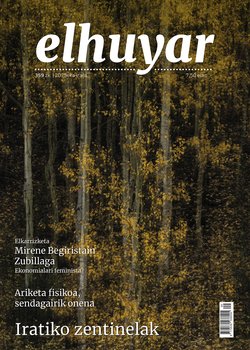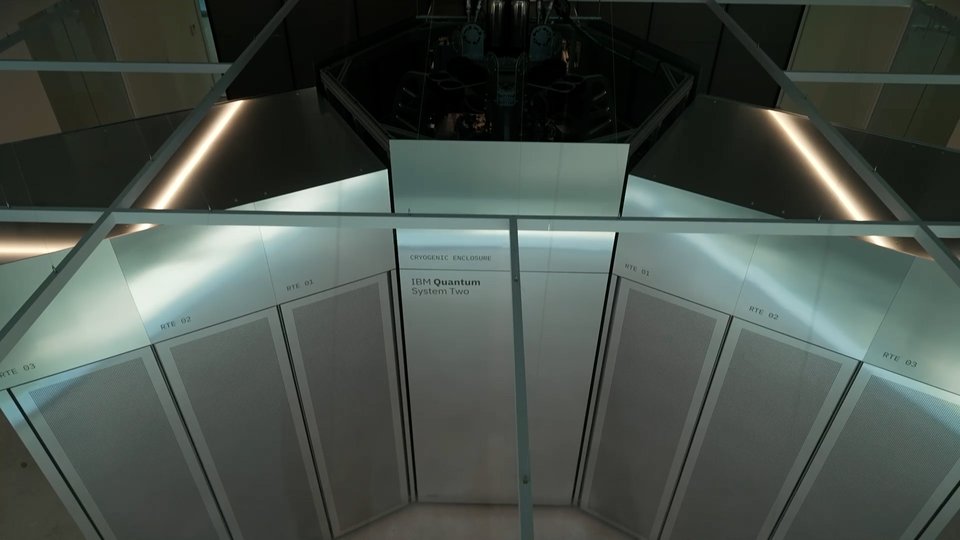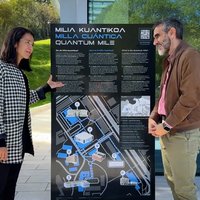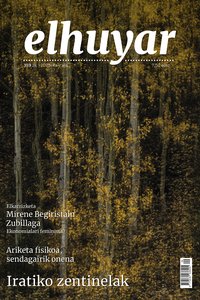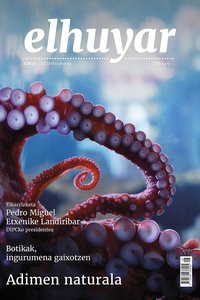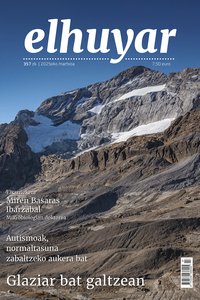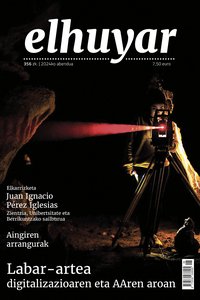Homo longi or Harbingo confirmed that the human was Denisovian
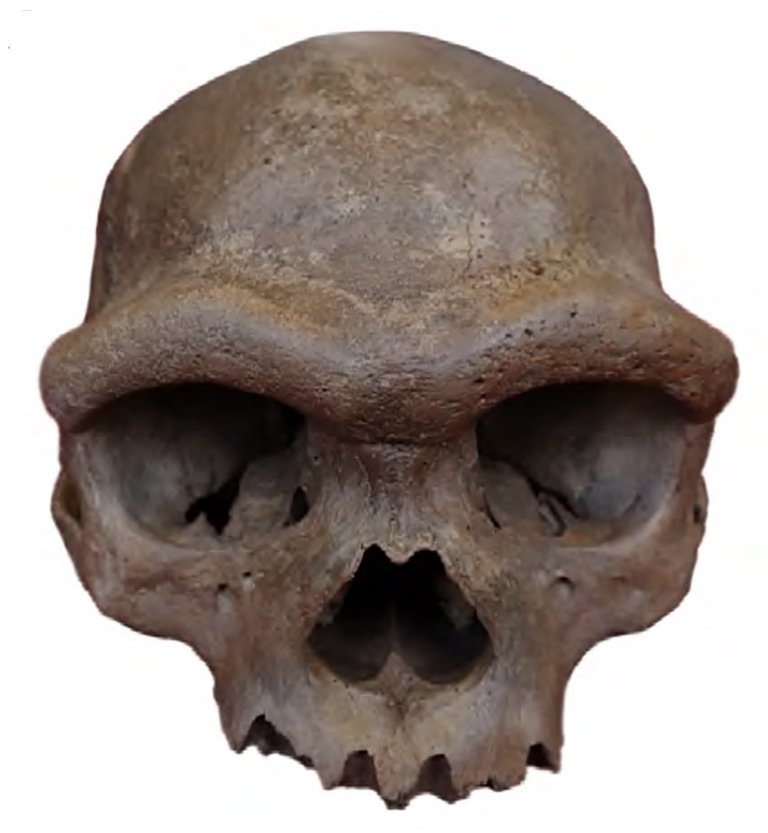
A skull that was discovered 15 years ago near the city of Harbin, China, dating back 146,000 years, has been confirmed to be Denisovan. Until now, they have not been able to identify the species, since its morphological characteristics did not coincide with the known human species. Thus, Harbingo was called human or Homo longi. Now, with a novel method of identifying ancestral proteins, it has been found to be denisovar.
There are very few fossils of the Denisova man and only fragments, so everything they know about him has been known mainly through genetic analysis. Because the skull of Harbingo was very old, genetic testing has not been easy. Researchers at the Chinese Academy of Sciences have identified, by a paleoproteomic method, 95 endogenous proteins that bind to denisovars. In addition, they have succeeded in extracting mitochondrial DNA from dental calculi, and the variants found there are also consistent with the Denisovar branch.
The results have been published in the journals Science and Cell, in which the latter is open. Based on them, the researchers suggest that the Denisovans lived from Siberia to northeastern China during the late Middle Pleistocene. It also confirms that the method they have used is suitable for the classification of ancient fossils. In fact, they explain that mitochondrial DNA is better preserved in dental calculations than in bones.
Buletina
Bidali zure helbide elektronikoa eta jaso asteroko buletina zure sarrera-ontzian


